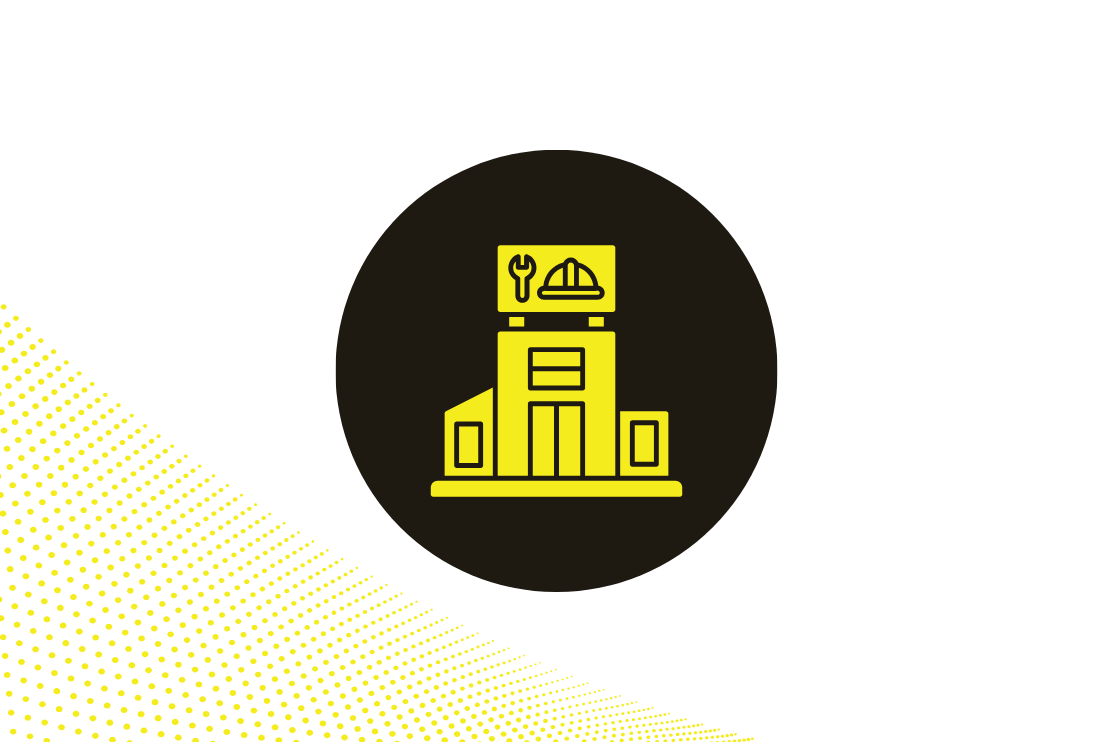Identify and Celebrate Big & Small Wins from this School Year
Identify and Celebrate Big & Small Wins from this School Year
Identify and Celebrate Big & Small Wins from this School Year
Identify and Celebrate Big & Small Wins from this School Year
Identify and Celebrate Big & Small Wins from this School Year
Identify and Celebrate Big & Small Wins from this School Year
Don't miss our breakout sessions!
Book time with our team on-site!
Our team is excited to meet you. Book a time that works best.


As the year wraps up, there is a tremendous amount of emphasis on end-of-year data. From test scores to graduation rates to college acceptance numbers, schools and districts across the country use these measures to gauge the success of programs and schools and to determine priorities for staffing and budget expenditures the following year.
Though this data provides important markers, these metrics leave out so many integral components of student growth and development–especially over the course of four years of high school. Beyond this data, there are so many other critical pieces to success including the social and emotional wellbeing of students, student and family engagement, resilience, and hands-on learning experiences that help students discover passions to fuel future goals–all of which counselors impact on a daily basis.
Set Aside Time for Intentional Reflection
It can be incredibly helpful for counselors and educators to take time to reflect on this year’s efforts and understand trends and outcomes that might not be evident in end-of-year data. Doing this can yield analyses from this year that will allow you to refine, iterate, and improve student success over time. This exercise can also provide insights about end-of-year data that might not be obvious at first glance. Even if this feels ancillary to your immediate and critical to-do list, consider setting aside structured time to really think about what worked this year, what might be improved upon, and how that understanding can be used for planning next year and beyond.
Questions to Consider as you Reflect on the Year
- What am I most proud of this year?
- What was the hardest challenge I overcame?
- What was my favorite interaction with a student or group of students?
- What do I wish I could have spent more time on?
As you answer these questions and think about this past school year, make sure to go beyond common ways to analyze success.
Think beyond the typical quantitative metrics.
In addition to focusing on the quantitative metrics most often used as indicators of success, consider measures and indicators that capture student motivation, family engagement, community involvement, and real-world learning experiences for students. As you think about growth over this school year, consider ways in which you have made efforts to expand opportunities for students and families or steps you have taken to engage local stakeholders. Think about how participation in extracurricular activities has evolved over the school year and the number and frequency of families participating in events. You might look at the number of industry partnerships, apprenticeships, and work based learning opportunities that students have participated in this year and how that number has increased. You might also look at a particular grade level and think how the cohort of students has grown or changed and consider which inputs might have contributed to those improvements. Though often not part of the core data sets evaluated at the end of the year, these measures are integral to the college and career readiness of students over time.
Reflect on individual students and experiences.
End-of-year data is most often looked at for large groups of students. Oftentimes, however, when focusing on the whole group, the challenges and successes of individual students and their stories get lost. Alongside sifting through higher-level data, think about those students whom you worked closely with throughout the year who needed the most support. Did you help a student who had no connections at school identify a club or activity that felt like a good fit? Did you help a family overcome language or technological barriers to complete the FAFSA and overcome that major hurdle to college attendance? Did you connect a student to a job they were excited about? These efforts and results, though not often used to measure the success of a student body, are often the most pivotal for individual students and families.
Consider starting points.
Another piece that can get lost in end-of-year reporting is growth over time. While a student may not reach a certain hoped-for threshold of success, their effort and progress is still important to acknowledge. Counselors spend considerable time focused on the students who need the most support. With that in mind, looking at those students’ starting points, rather than just their end points, is critical to understanding what worked and celebrating their improvement as a win. For instance, a student who was attending 30% of the time, but now is showing up to school 80% of the time, is still of concern and in need of support. Their growth, however, is considerable–at 80% attendance, counselors and educators can do the work of getting that student re-engaged in learning. Similarly, you might evaluate declines in a student’s behavioral or discipline infractions or increases in other types of positive engagement with the school. Pausing to celebrate these small wins can build confidence, boost morale, and lay the groundwork for starting the next school year with energy and determination.
A Job Well Done
The role of an educator or counselor is often referred to as a “thankless job” because there is rarely time set aside to celebrate all that they do. And it is often not in an educator’s nature to pause and let themselves feel their success in action. Instead, they cheer on their students as they persevere through adversity or achieve a goal.
But, there is tremendous value in identifying successes to inform future planning and in letting yourself see in tangible ways that your tireless work, creative problem-solving, and repeated efforts do make a difference. It can help remind you why you do what you do, especially on the most challenging days or in the face of seemingly insurmountable workloads. As you think about your big and small wins during this school year, allow yourself to feel proud of you and your students, and realize that your time and energy has changed how students see themselves, their futures, and what is possible.
Related Posts
See All




